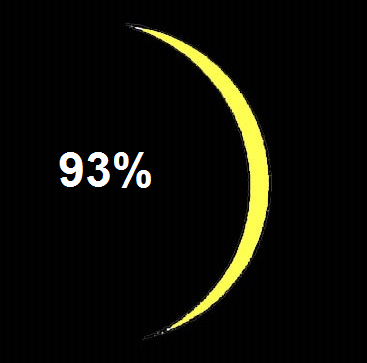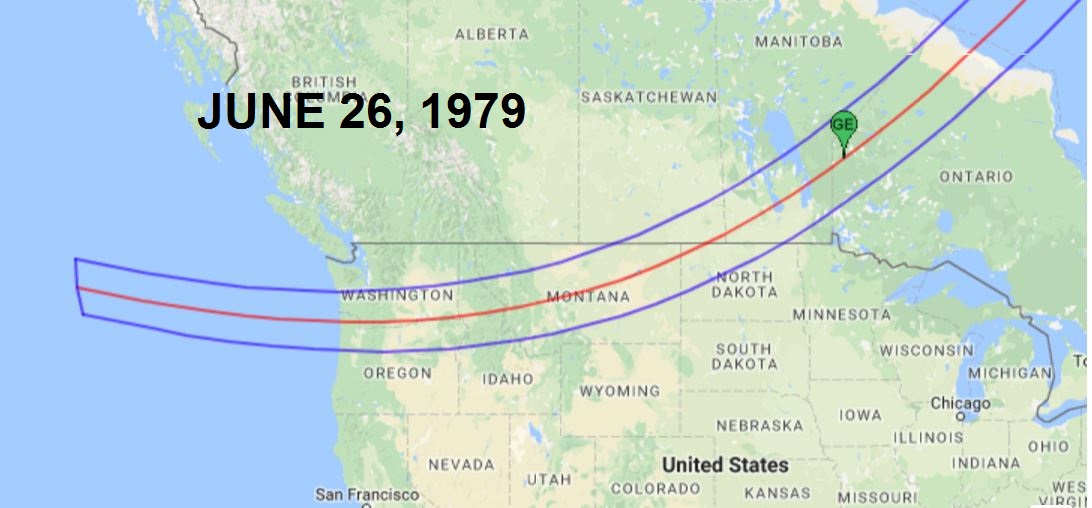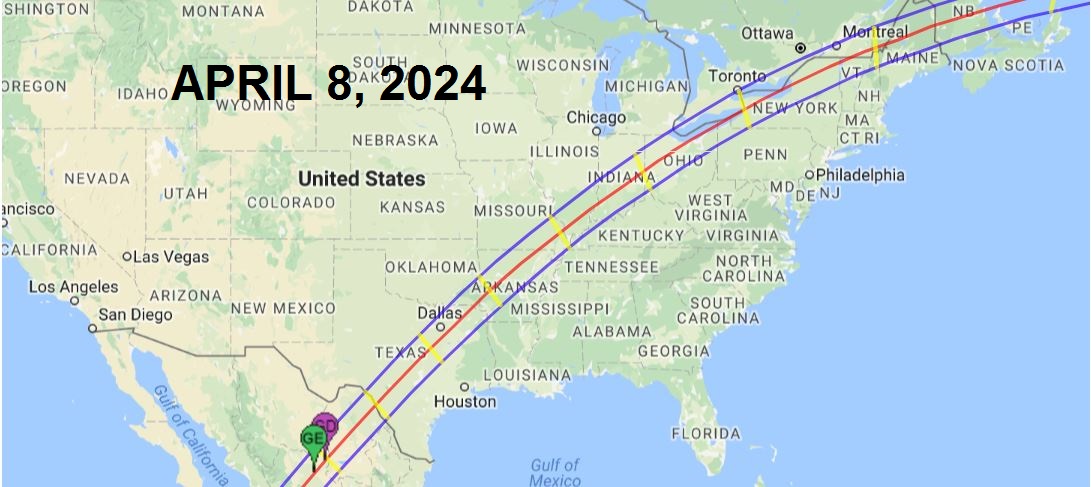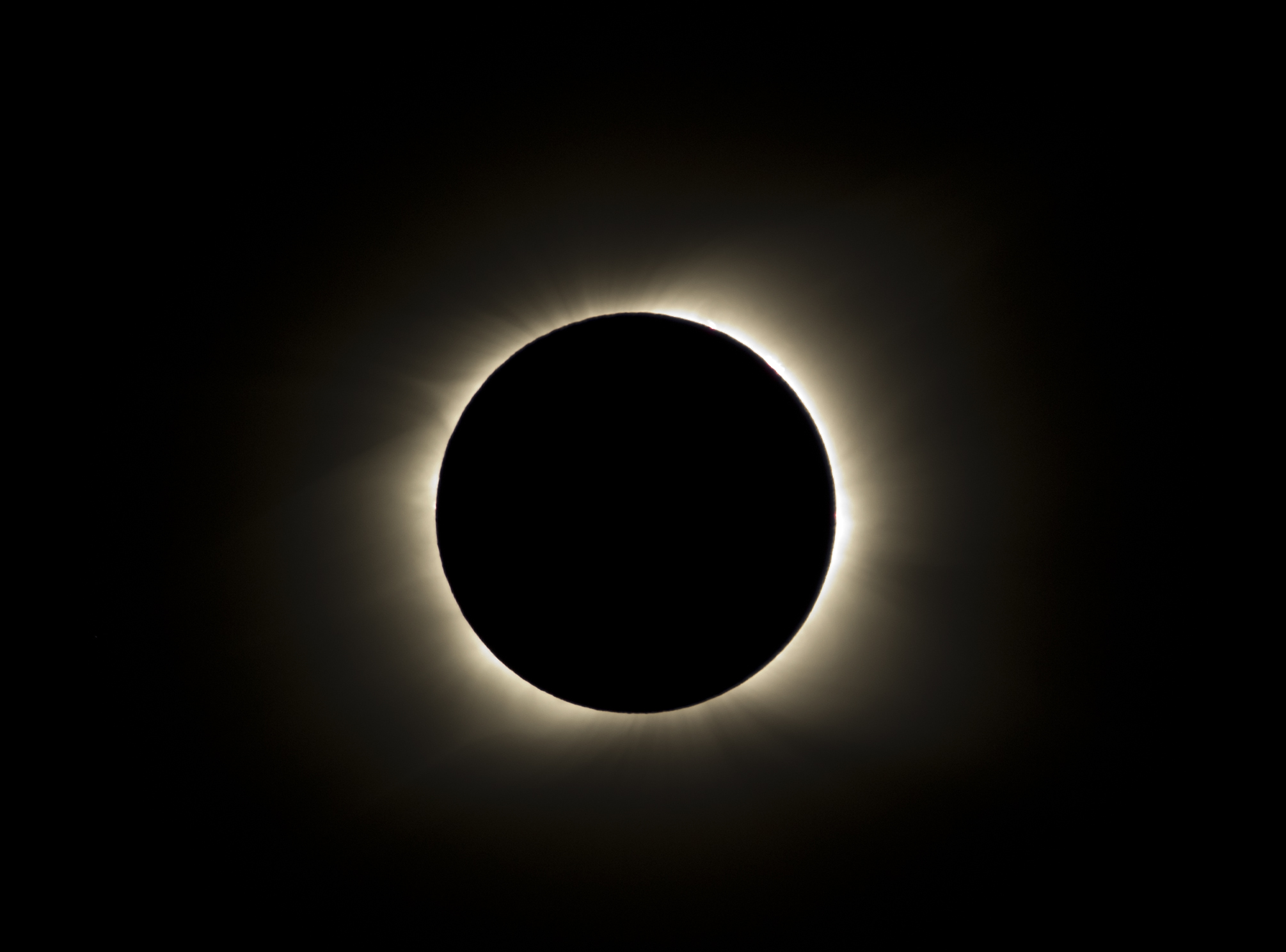Seattle is about 230 miles away from the solar eclipse's path of totality, but you will still see a partial eclipse in the Evergreen State.
Around 88 percent of the sun will be covered by the moon near the Canadian border. Close to 99 percent will be covered in Vancouver, Wash., and around 93 percent will be covered in Seattle.
You will definitely notice that the sunlight has dimmed.
In Seattle, the eclipse begins at 9:09 a.m. (called the first contact), and if you have your eclipse glasses or are using a pin hole projection of the eclipse, you will start to see a bite taken out of the sun. It will reach its maximum coverage at 10:21 a.m. when most of the sun will be covered. The eclipse will end at 11:39 a.m. when everything should be back to normal.

It is only a partial eclipse in Washington state, and you should never look directly at the sun without special eclipse glasses. Sunglasses, smoked glass, and a lot of other filters will still let dangerous radiation through to your eye.
One of the best ways to view the eclipse is to simply take a piece of paper – heavier paper like construction paper is best – and poke a hole in it with a paperclip. You can then use it to project an image of the eclipsed sun in the shadow of the paper. You'll have to get within a foot or so of where you are viewing it to get the image in focus.
Related: Eclipse viewing tips via NASA
A total solar eclipse is not terribly rare. One occurs every few years, but usually it is somewhere remote where only a few people and a lot of animals can conveniently see it. The August 21 eclipse is rare, because it will cross coast-to-coast through the lower 48 states for the first time since 1918.

Longtime residents of the Northwest may remember a total solar eclipse. In 1979, the path of totality passed through southern Washington and northern Oregon. It then headed northeastward up into Canada.
Over 99 percent of the sun was covered in Seattle, but it was a cloudy day, so it only got unusually dark like a November morning.
This month's eclipse fortunately comes in August when skies tend to be clear. But it does occur in the morning when we could see a deck of marine clouds covering up the spectacle west of the Cascades in both Washington and Oregon. Odds of seeing it will be much higher east of the Cascades and in the mountains.

If you are busy and miss this eclipse or can't make down to Oregon for the total eclipse, never fear; there will be another one in the U.S. in 2024. But it's not quite as convenient – that one goes from Texas up through Ohio.

